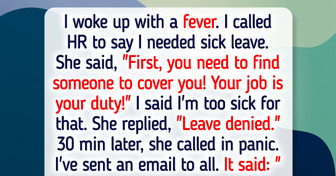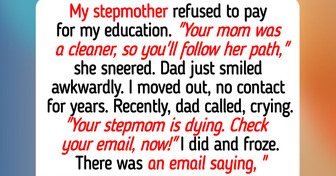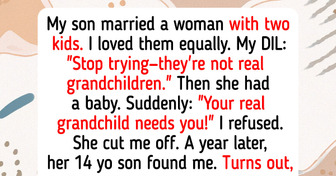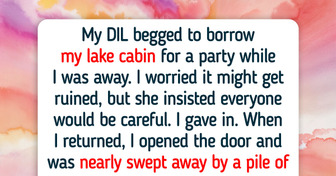14 Moments When People Realized Life Wouldn’t Be the Same Anymore

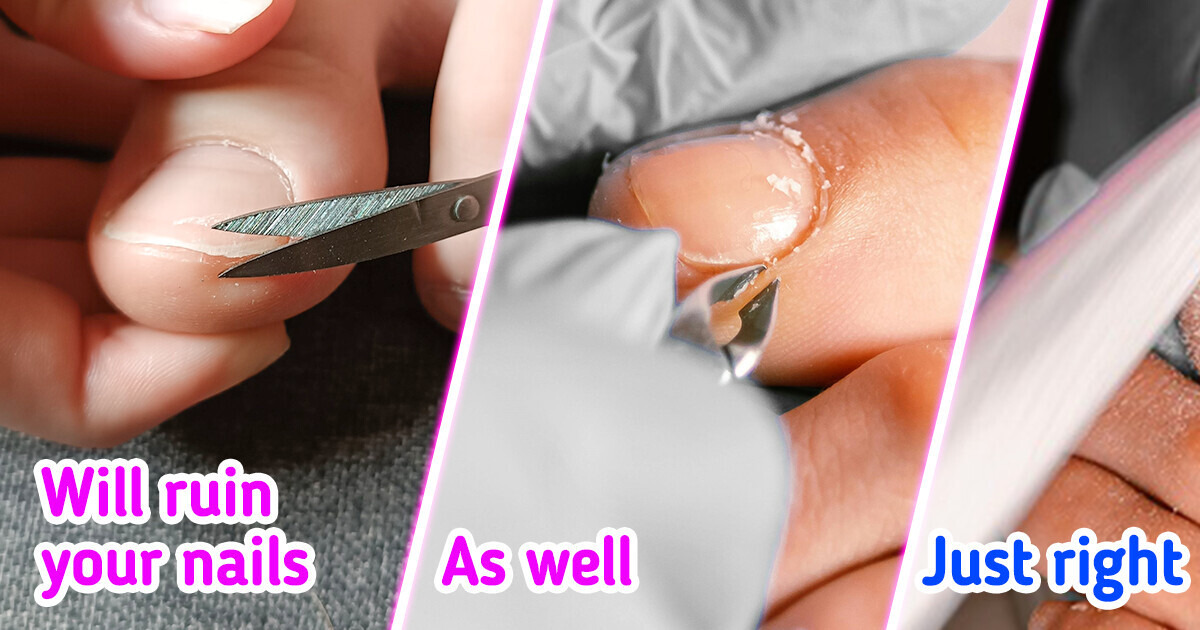
In summer, when almost everyone wears sandals and open shoes, we want to flaunt a luxurious pedicure and smooth heels. However, some procedures that are offered in nail salons, as well as mistakes in care, can lead to the opposite effect. We decided to put together the tips that will make your toenails not only beautiful, but also healthy.
Some experts advise clipping toenails with the help of manicure scissors or nail clippers. However, not everyone is able to clip the nail plates with these tools properly, and some ladies tend to shorten their nails too much, which can lead to ingrown nails.
It's better to file nails, because it's easier to adjust their length this way. In addition, this method helps to avoid sharp edges on the nails, which cling to socks and tear tights. The main thing is to file the nails in one direction and use a glass tool with a hardness of 180 grit. Women also note that after they started using a nail file, their toenails began to break less often.
Some salons offer this exotic procedure as an alternative to conventional foot exfoliation. During the session, the fish gently pinch the skin, gently peeling away dead skin cells and calluses. However, this procedure is not as safe as many people think. Salon employees are simply not able to properly sterilize the pool between clients. And the fish may spread infections themselves.
In addition, you should not wear a pedicure for longer than 2–3 weeks. Nail plates perfectly absorb any substances, so the chemical elements inside the nail polish, over time, penetrate the nails and destroy them. After removing the nail polish, it's worth giving your nails a couple of weeks to rest. Otherwise, they will quickly become dry and brittle.
If after applying nail polish, your nails don't look as neat as you want, don't remove the smudges on your skin with cotton discs or q-tips soaked in nail polish remover. This way, you can ruin the pedicure, and you will have to do it all over again.
It's worth waiting until the polish dries completely (usually it takes about an hour), and then apply moisturizing cream to the foot and put on socks. After that, just walk around the house for about 60 minutes. Moisturizer is great at removing polish from the skin, but leaves it on the nails. In the end, you will just need to wipe the cream and polish residue off your skin.
Many women like to have a pedicure at a salon because they can relax while their feet soak in a tub of warm water. After each use, this container must be sterilized, otherwise pathogenic bacteria quickly multiply there.
However, not all bathtubs can be completely cleaned of harmful microorganisms. Thus, jet spray tubs, in which the water is constantly circulating, almost impossible to disinfect. As a result, the chances of catching a fungus or other unpleasant things during this procedure increase.
Ideally, the feet should be in a warm water bath for no more than 10 to 15 minutes. If you enjoy this treatment for too long, the skin will become too soft, which increases the risk of catching fungus. In addition, toenails that have absorbed too much moisture become brittle. As a result, the pedicure itself will become a real challenge, and a nail tech may inadvertently cause injury.
Many women prefer a gel pedicure because it lasts longer and dries faster. Therefore, it's especially frustrating when after a few days the coating suddenly changes color or turns yellow. There are several factors that can affect this process. For example, the coating is sensitive to ultraviolet light, so long exposure to the sun or the use of self-tanner can irreparably ruin the pedicure.
As the name implies, this method does not use water, and the focus is on nail care. The dry pedicure has several advantages. First, the procedure takes less time. And second, the risk of catching fungus or infection is much less, as clients don't need to use pedicure baths.
In addition, the dry pedicure helps to preserve the natural balance of fluid in the nails, and the coating itself lasts longer.
Some nail polishes used by salon technicians may contain hazardous chemicals. These include formaldehyde, toluene and dibutyl phthalate. Therefore, it's worth paying attention to the label and look for such words as "3-free" or "5-free." These coatings are much healthier for your nails.
It's better to bring your own base coat and nail polish. The fact is that most products don't kill all bacteria and fungal spores, and even a simple application of nail polish can ruin your nails.
Also, don't use coatings that contain substances designed to strengthen the nails. As a result, the nail plates will become stiffer and, surprisingly, will break more often.
And here are some ideas for summer pedicure design.


